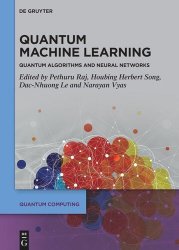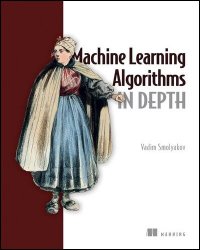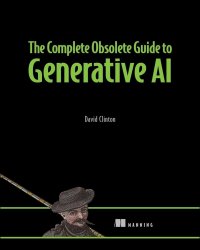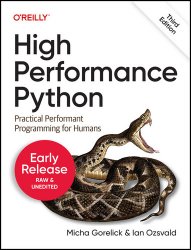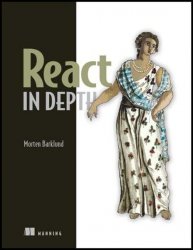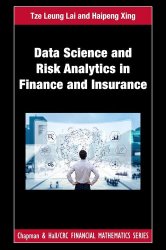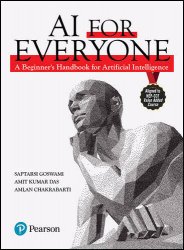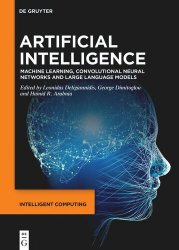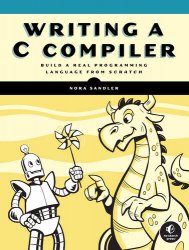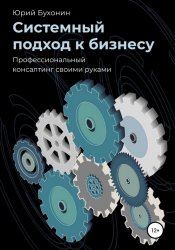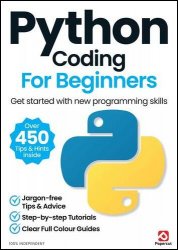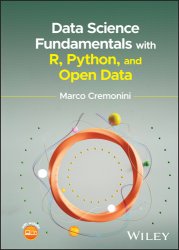 Название: The Science of Deep Learning
Название: The Science of Deep LearningАвтор: Iddo Drori
Издательство: Cambridge University Press
Год: 2023
Страниц: 362
Язык: английский
Формат: pdf (true)
Размер: 41.0 MB
The Science of Deep Learning emerged from courses taught by the author that have provided thousands of students with training and experience for their academic studies. prepared them for careers in Deep Learning, Machine Learning. Artificial Intelligence in top companies in industry and academia. The book begins by covering the foundations of Deep Learning, followed by key Deep Learning architectures. Subsequent parts on generative models and Reinforcement Learning may be used as part of a Deep Learning course or as part of a course on each topic. The book includes state of the art topics such as Transformers, graph neural networks, variational autoencoders. deep reinforcement learning, with a broad range of applications. The appendices provide equations for computing gradients in backpropagation and optimization. best practices in scientific writing and reviewing. The text presents an up to date guide to the field built upon clear visualizations using a unified notation and equations, lowering the barrier to entry for the reader. The accompanying website provides complementary code and hundreds of exercises with solutions.
This book provides comprehensive and clear coverage of Deep Learning, which has transformed the field of Artificial Intelligence. The book is distinctive in that it uses a unified notation, high-quality illustrated figures and the most up-to-date material in the field, and is accompanied by hundreds of code samples, exercises, and solutions on each topic, automatically generated by program synthesis. The Science of Deep Learning emerged from courses taught by the author in the past five years that have provided thousands of students with training and experience for their academic studies, and prepared them for careers in Deep Learning, Machine Learning, and Artificial Intelligence in leading companies in industry and academia. The motivation for the book is to provide a guide to the field built upon clear visualizations using a unified notation and equations. The content is self-contained, using a unified language so that students, teachers, and researchers in academia and industry can use the book without having to overcome the barriers to entry of the specific language and notation of each topic. Introductory topics are represented using both basic linear algebra and graphs simultaneously, along with the corresponding algorithms.
The material is presented in five main parts:
1. Part I, on the foundations of Deep Learning, includes Chapters 1–4, which covers core deep learning material on forward and backpropagation, optimization, and regularization.
2. Part II, on Deep Learning architectures, includes Chapters 5–8. This covers key architectures including convolutional neural networks (CNNs), recurrent neural networks (RNNs), long short-term memory (LSTMs), gated recurrent units (GRUs), graph neural networks (GNNs), and Transformers.
3. Part III, on generative models, comprises Chapters 9 and 10, which cover generative adversarial networks (GANs) and variational autoencoders (VAEs).
4. Part IV addresses reinforcement learning and deep reinforcement learning (Chapters 11 and 12).
5. Part V, on applications (Chapter 13), covers a broad range of Deep Learning applications, which are also distributed among the chapters by topic and relevance.
6. Appendices provide equations for computing gradients in backpropagation and optimization, and best practices in scientific writing and reviewing.
Audience and Prerequisite Knowledge:
The book is intended for students and researchers in academia and industry, as well as lecturers in academia. The book is primarily intended for Computer Science undergraduate and graduate students, as well as advanced PhD students. This book has been used for teaching students mainly in Computer Science, electrical engineering, Data Science, statistics, and operations research. The required background is linear algebra and calculus. Optional background is Machine Learning and programming experience.
Hundreds of Python functions are automatically generated on each topic for each chapter by program synthesis using Deep Learning. All of the code is made available on the book’s website.
Скачать The Science of Deep Learning
[related-news] [/related-news]
Комментарии 0
Комментариев пока нет. Стань первым!
